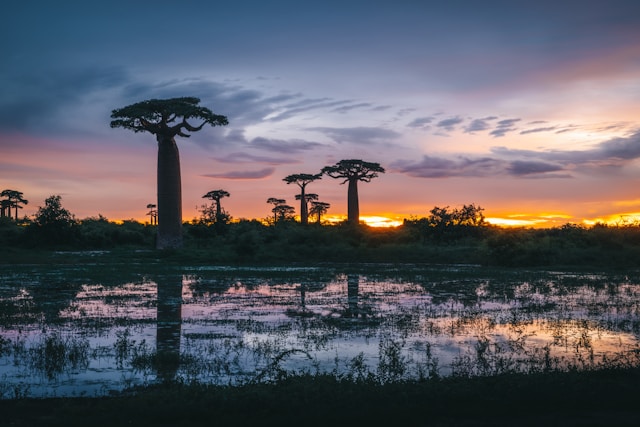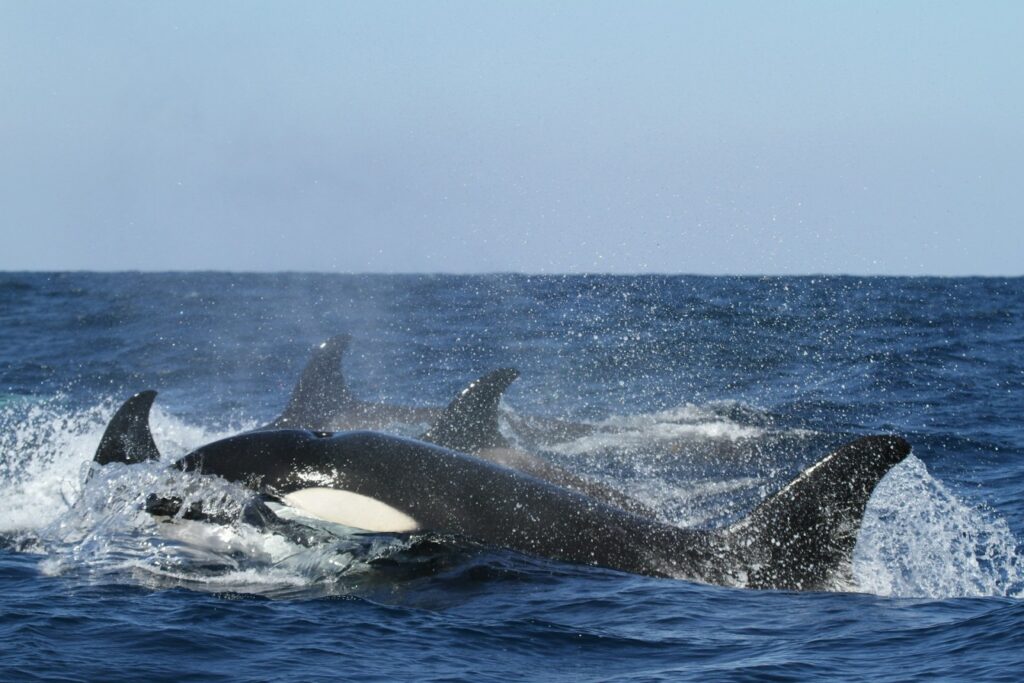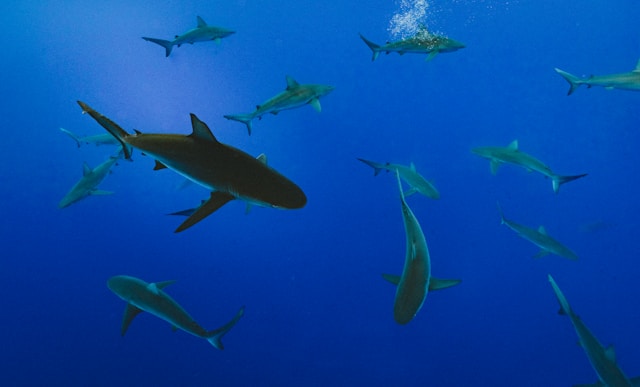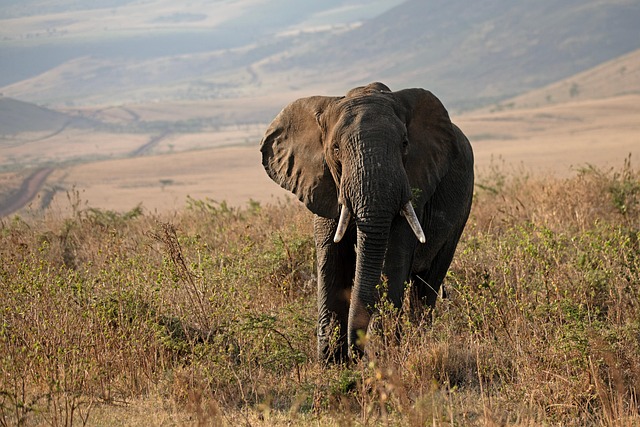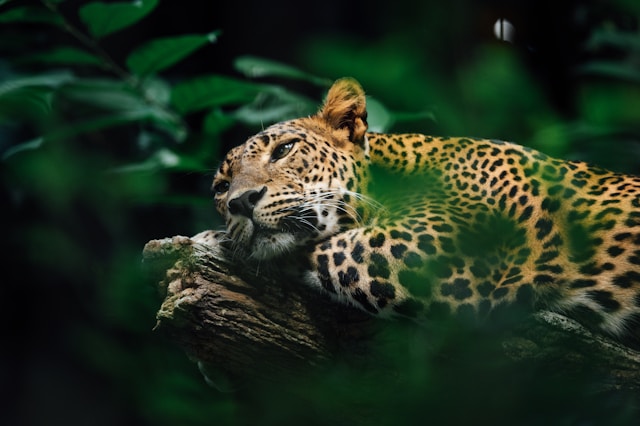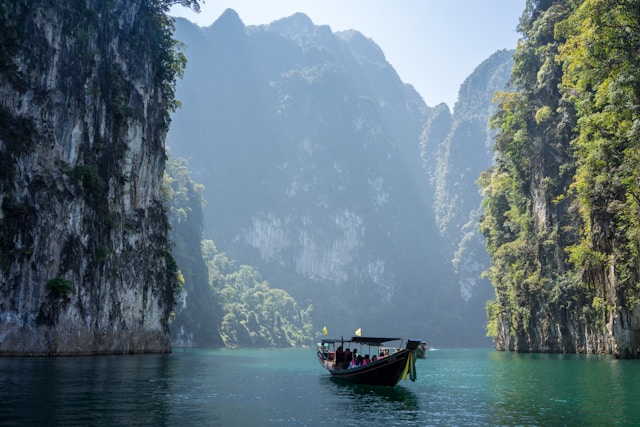Introduction:
Madagascar, often referred to as the “Eighth Continent,” is a land of unparalleled biodiversity. Isolated from mainland Africa for over 88 million years, this island nation has evolved into a sanctuary for unique wildlife found nowhere else on Earth. From the iconic lemurs to mesmerizing chameleons and diverse rainforests, Madagascar is a dream destination for wildlife enthusiasts and nature lovers. In this guide, we will explore the incredible wildlife of Madagascar, the best places to see these creatures, and essential travel tips for an unforgettable experience.
Why Madagascar’s Wildlife is Unique
Madagascar is home to an extraordinary number of endemic species, meaning they exist only on this island. Approximately 90% of its plant and animal species are found nowhere else in the world. This incredible biodiversity is due to Madagascar’s long isolation, varied ecosystems, and diverse climates. The island’s wildlife ranges from lush rainforests teeming with primates to arid landscapes housing bizarre and fascinating reptiles.
Iconic Wildlife of Madagascar
1. Lemurs: The Stars of Madagascar
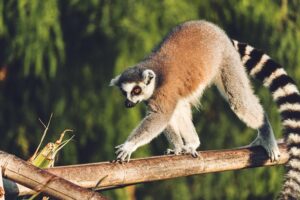
Photo by Chikilino on Pixabay.
Lemurs are Madagascar’s most famous inhabitants, with over 100 different species spread across the island. These charismatic primates range from the tiny mouse lemur to the large and vocal indri.
- Ring-tailed lemur (Lemur catta) – Recognizable by their long, striped tails, they are often seen sunbathing in groups.
- Indri (Indri indri) – The largest living lemur, known for its haunting calls that echo through the rainforest.
- Aye-aye (Daubentonia madagascariensis) – A nocturnal lemur with an elongated middle finger used for extracting insects from tree bark.
2. Chameleons: Masters of Camouflage
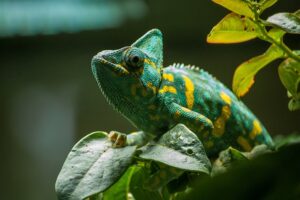
Photo by AQgraphy on Pixabay.
Madagascar is home to over half of the world’s chameleon species, including some of the smallest and largest in existence.
- Parson’s chameleon (Calumma parsonii) – One of the largest chameleons, known for its vivid colors.
- Brookesia micra – The world’s smallest chameleon, measuring just an inch long.
- Panther chameleon (Furcifer pardalis) – Famous for its ability to change colors and its striking appearance.
3. Fossa: Madagascar’s Apex Predator
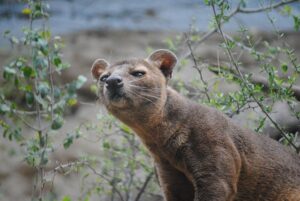
Photo by SeaReed on Pixabay.
The fossa (Cryptoprocta ferox) is Madagascar’s largest carnivore and a close relative of the mongoose. Agile and cat-like, it preys on lemurs and other small animals in the dense forests.
4. Exotic Birds: A Birder’s Paradise
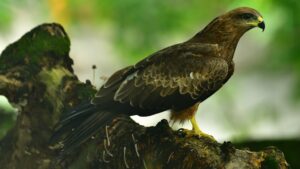
Madagascar hosts over 280 bird species, with around 100 of them endemic to the island.
- Madagascar fish eagle (Haliaeetus vociferoides) – One of the rarest birds of prey in the world.
- Vanga birds – A diverse family of birds found only in Madagascar, showcasing a wide variety of beak shapes and feeding habits.
- Helmet vanga (Euryceros prevostii) – Known for its bright blue beak and unique call.
5. Weird and Wonderful Reptiles
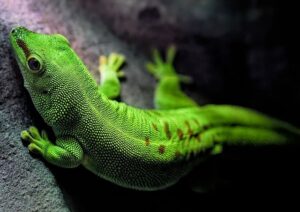
Madagascar’s reptile population is just as fascinating as its mammals.
- Leaf-tailed gecko (Uroplatus spp.) – Masters of disguise, they blend seamlessly into tree bark.
- Madagascar ground boa (Acrantophis madagascariensis) – A non-venomous snake that plays an important role in the ecosystem.
- Plated lizards – Colorful and adaptive reptiles found in both forests and semi-arid areas.
Best Places to See Wildlife in Madagascar
1. Andasibe-Mantadia National Park
Home to the indri, this rainforest park offers some of the best wildlife viewing opportunities. The lush vegetation and well-maintained trails make it perfect for spotting lemurs, chameleons, and rare birds.
2. Ranomafana National Park
This tropical rainforest is a biodiversity hotspot, hosting 12 lemur species, including the critically endangered golden bamboo lemur.
3. Avenue of the Baobabs
While best known for its towering baobab trees, this region is also home to nocturnal wildlife, including mouse lemurs and chameleons.
4. Kirindy Forest
One of the best places to see the fossa, Kirindy Forest is a dry deciduous forest teeming with unique wildlife, including giant jumping rats and narrow-striped mongooses.
5. Tsingy de Bemaraha National Park
This UNESCO-listed park is famous for its dramatic limestone formations, as well as its population of lemurs, reptiles, and rare bird species.
6. Nosy Be and Surrounding Islands
For marine wildlife lovers, Nosy Be is a paradise. Snorkel or dive with whale sharks, manta rays, and sea turtles in the crystal-clear waters surrounding this island.
Best Time to Visit Madagascar for Wildlife Viewing
- April to June (End of Wet Season): Lush landscapes and active wildlife.
- July to September (Dry Season): Best for spotting lemurs, chameleons, and nesting birds.
- October to December (Start of Rainy Season): Great for baby lemurs and reptiles, but expect occasional heavy rains.
Responsible Wildlife Tourism in Madagascar
Madagascar, often called the “eighth continent” for its unique biodiversity, is home to over 90% of wildlife species found nowhere else on Earth. From charismatic lemurs and chameleons to the spiny forests and baobab-lined landscapes, the island is a dream for nature lovers. But this ecological paradise faces increasing threats from deforestation, habitat fragmentation, and illegal wildlife trade.
As travelers, we have the power to protect what makes Madagascar so special. Practicing responsible wildlife tourism ensures that your visit contributes to conservation rather than exploitation. Here’s how you can make a positive impact:
1. Choose Eco-Friendly Lodges and Ethical Tour Operators
Not all accommodations and tour providers are created equal. Prioritize eco-lodges that are sustainably built, use renewable energy, minimize plastic waste, and employ local staff. Look for certifications or affiliations with conservation groups (such as the Madagascar National Parks or Sustainable Tourism Madagascar).
When booking wildlife tours, ensure your guide:
-
Has knowledge of local flora and fauna.
-
Follows ethical wildlife viewing practices.
-
Limits group sizes to reduce disturbance.
Some operators also reinvest a portion of their profits into community development and reforestation projects — an added bonus for conscientious travelers.
2. Observe, Don’t Interfere: No Touching or Feeding Wildlife
Feeding or approaching animals may seem harmless or even endearing, but it can cause severe long-term damage. Wild animals may become dependent on human food, which lacks necessary nutrients, or lose their natural fear of humans, making them vulnerable to poachers or traffic.
In Madagascar, lemurs, for example, are often exploited in tourist areas. Opt for encounters in protected reserves like Andasibe-Mantadia or Ankarafantsika National Park, where animals are observed in their natural habitat — not in captivity or staged settings.
3. Stick to Designated Trails and Respect Park Rules
Madagascar’s ecosystems are fragile and often take years to recover from human disturbance. Always stay on marked paths to avoid trampling native vegetation or disturbing nesting sites. Park regulations exist not to limit your experience, but to preserve it for future generations.
Hiring certified local guides not only enriches your visit with cultural and scientific insight, but also ensures you don’t unknowingly violate important ecological boundaries.
4. Support Local Conservation Efforts
Beyond just being a responsible observer, you can actively contribute to conservation:
-
Donate to credible NGOs such as the Madagascar Biodiversity Partnership or Durrell Wildlife Conservation Trust.
-
Volunteer with local projects that work on reforestation, wildlife monitoring, or environmental education.
-
Shop local and support artisans or cooperatives that use sustainable materials and reinvest in their communities.
Every dollar you spend can either reinforce harmful practices or uplift communities that are fighting to protect Madagascar’s irreplaceable biodiversity.
Conclusion
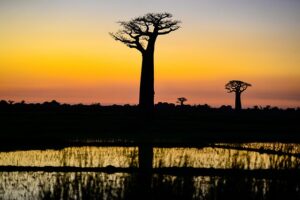
Exploring the wildlife of Madagascar is a once-in-a-lifetime experience. From the enchanting calls of the indri to the vibrant hues of the panther chameleon, the island offers unparalleled opportunities to witness nature’s wonders. Whether you’re trekking through rainforests, navigating limestone pinnacles, or diving into rich marine ecosystems, Madagascar promises an adventure like no other. Plan your journey responsibly, and you’ll leave with not only incredible memories but also a deep appreciation for one of Earth’s most extraordinary ecosystems.
Start planning your Madagascar trip today! Click here for a guide on how to do it.

